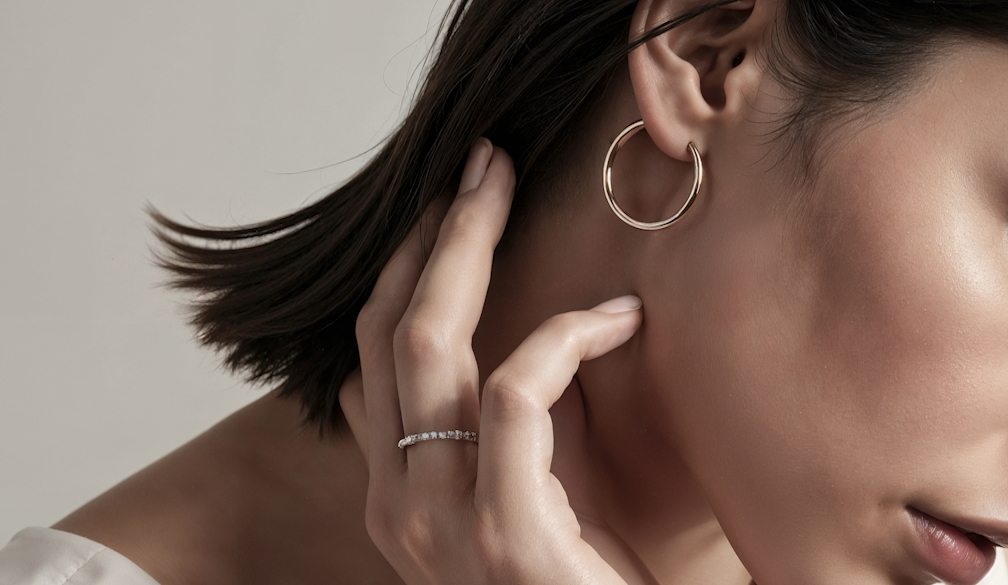Rejuvenate Your Look with Dermal Fillers
- Written by NewsServices.com

Dermal fillers are a type of cosmetic injectable used to restore volume and fullness in the skin. Dermal fillers are most commonly used on the face, but can also be used on other areas of the body, such as the hands and chest. They are made from various substances, including hyaluronic acid, poly-L-lactic acid (PLLA), calcium hydroxylapatite (CaHA) and polymethylmethacrylate (PMMA).
Dermal fillers work by replacing lost collagen or elastin in your skin. The exact product you choose will depend on your skin type and concerns. Hyaluronic acid is a natural substance found in your body that helps with moisture retention; PLLA is a synthetic material that provides structure to collagen; CaHA is made up of tiny crystals that stimulate collagen production; and PMMA is an artificial substance that provides support for soft tissue structures.
When injected into the skin, dermal fillers can create instant fullness and improve texture by smoothing out wrinkles or scars. Results typically last anywhere from six months to two years depending on which product was used as well as how much was injected into the area. If you are considering dermal fillers you should know more information about dermal fillers in Melbourne.
Types of Dermal Fillers
Dermal fillers are a popular treatment used to restore volume and smooth out wrinkles. From lips to cheeks, there are several types of dermal fillers available to help you achieve a more youthful appearance. Here, we will explore the different types of dermal fillers, their uses and the potential risks associated with them.
Hyaluronic acid (HA) is the most common type of filler used for facial enhancement. HA naturally occurs in the body, which helps keep skin hydrated and plump. It is injected into wrinkles or areas where volume has been lost due to ageing or sun damage in order to add fullness and reduce the appearance of fine lines. HA fillers can also be used for lip augmentation: they help create a fuller shape while providing a natural definition around the edges of your lips.
Collagen-based dermal fillers are made from proteins found naturally in skin tissues and can last up to six months before needing touch-ups, making them an ideal choice for first-time users looking for a longer-lasting result than HA’s three-month duration. Collagen-based products can be used on areas such as laugh lines around your mouth that require more support than just filling alone since collagen stimulates collagen production.
Benefits of Dermal Fillers
The idea of using dermal fillers to restore lost volume and reduce wrinkles has become increasingly popular in recent years, with more and more people seeking out the benefits of this cosmetic procedure. Dermal fillers are a safe, non-surgical way to improve the appearance of wrinkles, fine lines, and other signs of ageing.
One of the biggest benefits associated with dermal fillers is that they offer immediate results. Unlike traditional plastic surgery procedures such as facelifts or brow lifts that require downtime for recovery and have many potential risks involved, dermal fillers can be administered quickly and painlessly with minimal recovery time necessary. Results from these treatments can last for several months or even longer depend on the type of filler used and how it’s applied.
Another key benefit is that fillers are highly customizable to meet each individual’s specific needs. Depending on what areas need to be treated or what look you would like to achieve, your doctor will select a filler specifically tailored to your unique needs and create a treatment plan that works best for you specifically. This allows patients to get exactly what they want while still maintaining a natural look after their procedure is complete.
Risks and Side Effects Associated with Dermal Fillers
Dermal fillers are a popular cosmetic procedure used to reduce the appearance of wrinkles, fine lines and other signs of ageing. They can also be used to add volume and definition to the face, creating a more youthful appearance. While dermal fillers are generally considered safe, there are some potential risks and side effects associated with them that should be taken into consideration before having the procedure.
The most common side effect associated with dermal fillers is bruising or swelling at the injection site. This typically resolves within a few days but can take up to two weeks in some cases. In addition, if too much filler is injected it can cause lumps or bumps under the skin which may require additional treatment to correct. Other rare side effects include allergic reactions, infection and nerve damage which could result in pain or numbness at the injection site.
Another risk associated with dermal fillers is an allergic reaction due to their synthetic nature; this risk increases if you have any known allergies or sensitivities to certain ingredients used in these products such as hyaluronic acid or collagen type II.
Conclusion
In conclusion, dermal fillers are a safe and effective way to achieve a more youthful appearance by restoring volume and fullness to the face. They are fast-acting, long-lasting, and relatively low-maintenance treatments that can help you look and feel your best. Although side effects can occur, they are generally mild and temporary. With proper care and maintenance, dermal fillers can help you maintain your youthful look for years to come.























